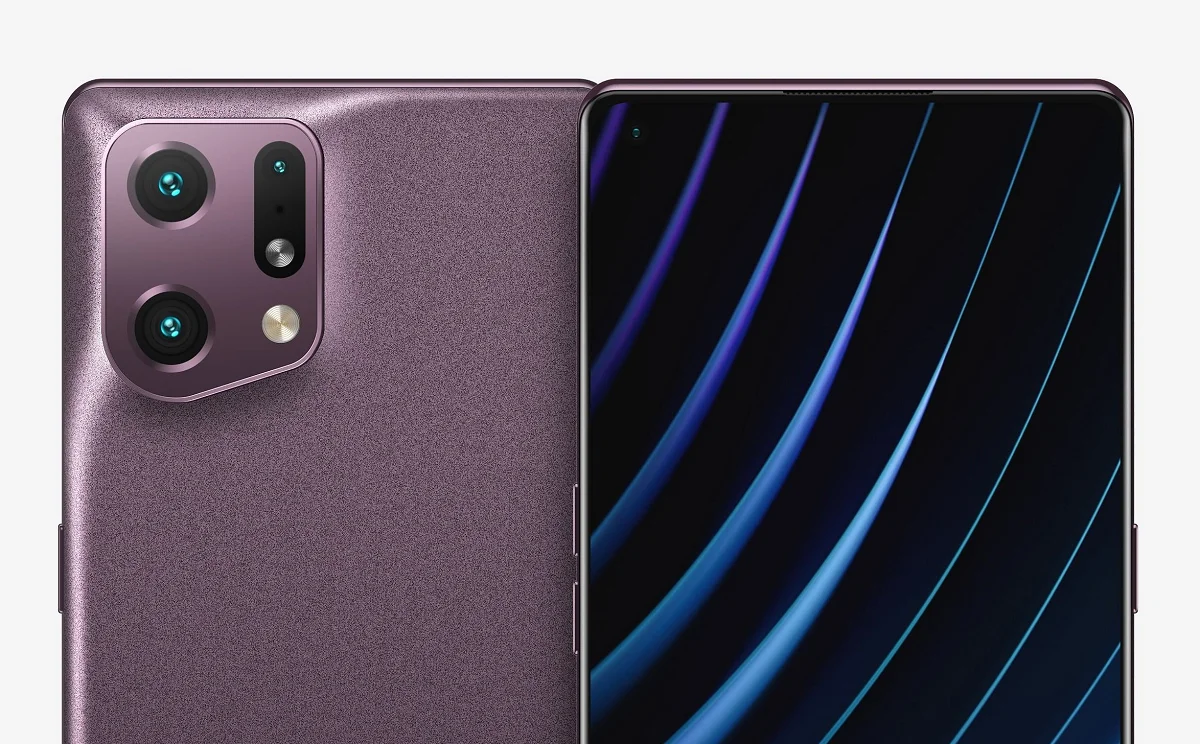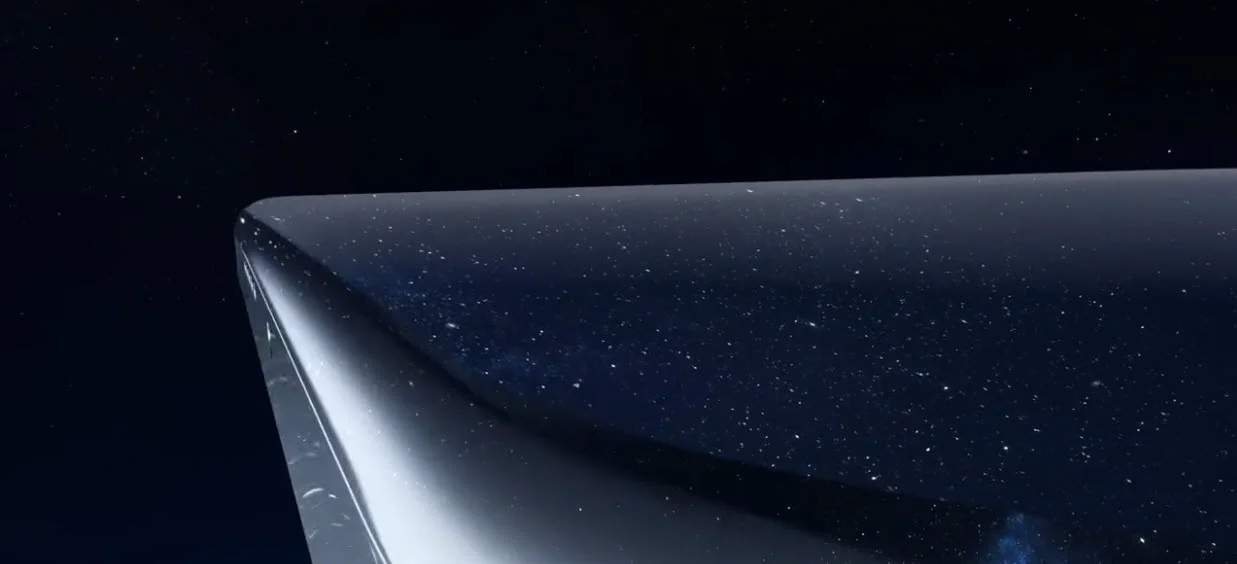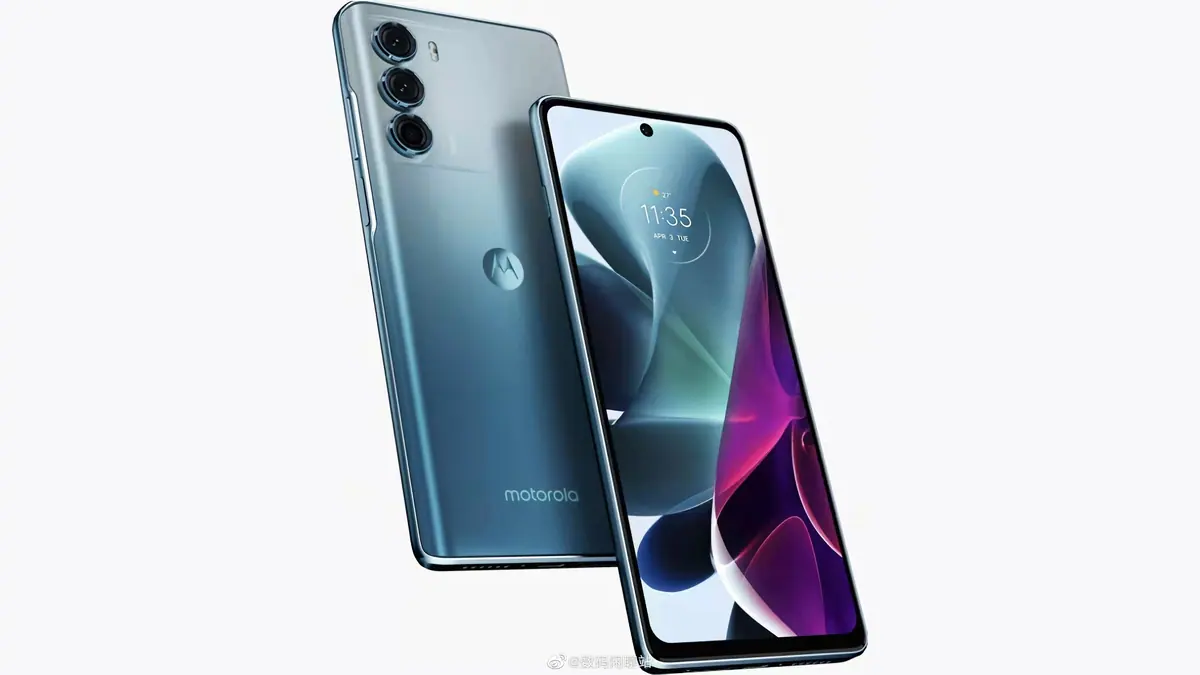As expected, Google introduced the new generation flagship smartphones Pixel 8 and Pixel 8 Pro today. The innovations will offer a design familiar from the previous ones, a new electronic filling and a long support period – Google promised to release Android updates for smartphones for 7 years!
Pixel 8 and Pixel 8 Pro are built on the Tensor G3 single-chip platform, which features an unconventional central processor; It contains nine cores instead of the traditional eight cores. The chip includes one powerful Cortex-X3 core, four productive Cortex-A715 cores and four energy-efficient Cortex-A510 cores. The Pixel 8 smartphone had 8 GB of RAM and 128 or 256 GB of flash memory, while the Pixel 8 Pro had 12 GB of RAM and 128, 256 or 512 GB of internal memory. Apparently there is no memory card slot.
Google has equipped the Pixel 8 Pro with a display based on a 6.7-inch OLED LTPO panel with QHD+ resolution, a frequency of 120 Hz and a brightness of up to 2400 cd/m2. In turn, the Pixel 8 received a 6.2-inch display on an OLED LTPO panel with Full HD+ resolution, a frequency of 120 Hz and a brightness of up to 2000 cd/m2. Note that the younger novelty has become more compact than its predecessor; Pixel 7 had a 6.3-inch screen.
Pixel 8 Pro will receive a triple rear camera. The main module is built on a 50-megapixel sensor with improved image stabilization. The wide-angle module is based on a 48 MP image sensor, and the 48 MP sensor also has a camera with a telephoto lens with five times optical zoom. All three cameras support phase detection autofocus. Pixel 8 Pro also supports 30x Super Resolution digital zoom. The front camera is based on a 10.5 MP sensor. Next to the Pixel 8 Pro’s cameras is the new Melexis MLX90632 skin temperature sensor, and the only purpose of this sensor is to measure temperature and does not offer any fancy photo features.
Pixel 8 also has a new wide-angle camera, although it’s not the same as the Pixel 8 Pro. This is a 12-megapixel camera with autofocus and macro photography support. Nearby is the 50-megapixel main camera with 8x Super Resolution digital zoom. As before, the regular Pixel does not have a module with a telephoto lens. The novelty received a new selfie camera with a resolution of 10.5 MP, the same as in the Pro version.
The Pixel 8 family of smartphones has received many built-in functions for working with AI-based photos. There’s an increase in the clarity of blurry photos with the easy photo editing tool Magic Editor; The Best Shot function will allow you to replace people in the photo with the faces of the same people in other photos; Macro Focus lets you take better macro photos, and Zoom Enhance improves photos taken as you get closer. The Pixel 8 Pro will also have Pro Controls, with more manual camera controls that the Pixel 8 won’t have.
Pixel 8 Pro is powered by a 5,050mAh battery with 30W wired charging and 23W wireless charging support. Pixel 8 has a 4,575mAh battery with 27W wired charging and 18W wireless charging.
Both new Google Pixel 8 smartphones come with the promise of free VPN and 7 years of operating system and security updates from Google One. Note that the latest iOS 17 is only available for devices under 5 years old. Voice assistant Google Assistant has also received some updates in the field of artificial intelligence, although it is still far from a full-fledged AI bot Google Bard. Google claims the assistant can understand speech better and recognize pauses and exclamations like “hmm” more effectively. He/she will also be able to translate web pages and read them out loud. Even the keyboard will have some artificial intelligence, with the ability to correct spelling mistakes and grammatical errors with one touch.
The price of the version of Google Pixel 8 with 128 GB flash memory is $ 699 in the USA and 799 euros in Europe, while the price of the Google Pixel 8 Pro with the same amount of memory is estimated at $ 999 and 1,099 euros. Pixel 8 buyers will get Pixel Buds Pro headphones, while Pixel 8 Pro buyers will get Pixel Watch 2.












